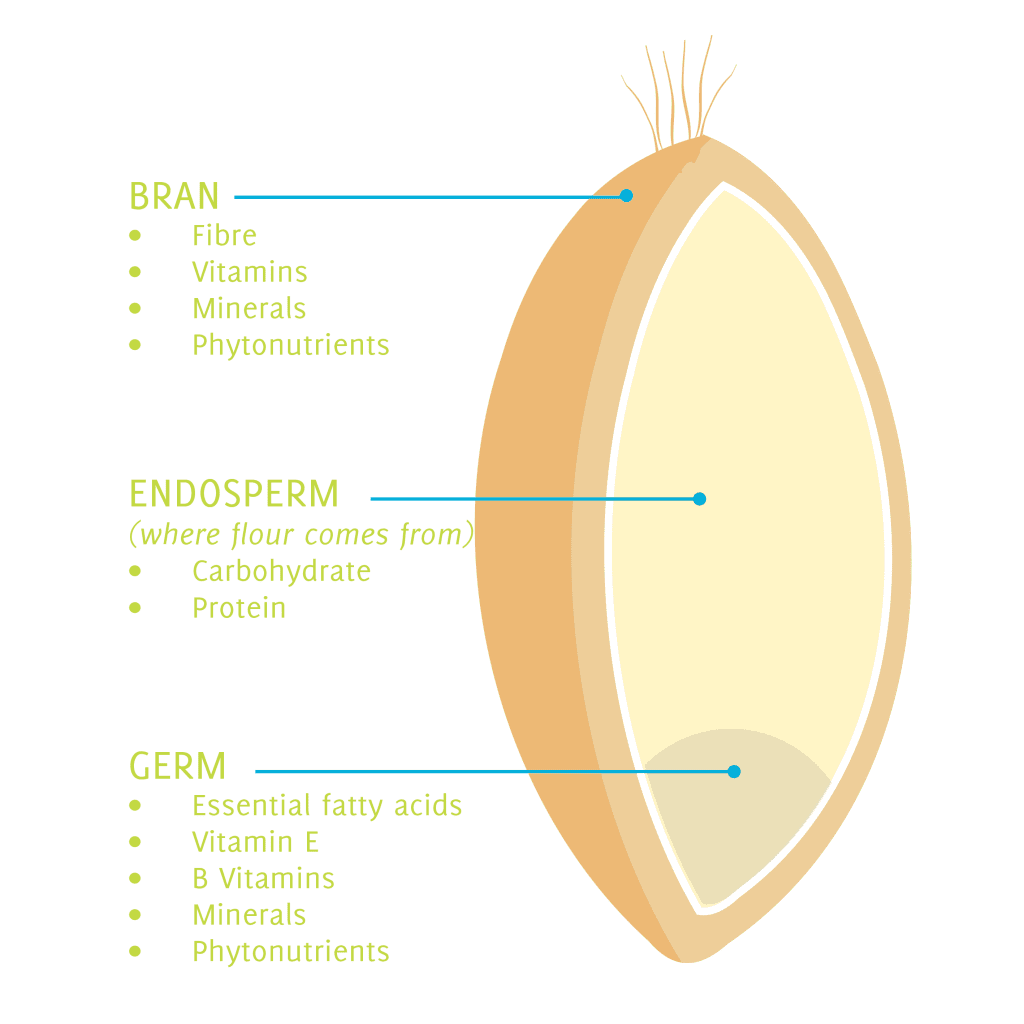New guidelines to authenticate whole grain flour
Article from Grain Central, November 20, 2019
“Most commercial flour mills are designed to extract the middle of the wheat grain (endosperm) to make traditional white flour,” she said.
“To make whole grain flour, the germ and the bran are mixed back into the white flour.
“We are providing a method to authenticate that these components have been blended back in the correct proportions.”
Dr Salman said there was enthusiastic support for this project across the Australian milling industry.
“Flour millers are very keen to implement AEGIC’s recommended guidelines for the production of whole grain flour to support their ability to communicate the benefits of whole grain products and to increase consumer confidence.
“This will help drive consumption of healthy Australian whole grain products and increase value in Australian markets.”
Increasing wholegrain consumption is one of the most effective dietary changes someone can make to improve their health.
Whole grains deliver essential vitamins, minerals and trace elements. They are rich in a range of dietary fibres and are a source of protective phytonutrients – all in an energy-rich package low in saturated fat.
Eating three serves of whole grain foods each day is linked to a 20-30 per cent reduction in risk of total mortality, cardiovascular disease, diabetes, stroke and some cancers – comparable to that observed for 5-6 serves of fruit and vegetables.
Whole grain wheat flour contains all the parts of the wheat grain in similar proportion to the original grain, however there is no globally-accepted method to authenticate the correct ratios of each part in consumer products.

